I have seen many tutorials that people blend two images that are placed on top of each other very nicely in Photoshop. For example here are two images that are placed on top of each other:
Then in Photoshop after some work, the edges (around the smaller image) will be erased and two images are nicely mixed. For example, this is a possible end result:
As it can be seen there is no edge and two images are very nicely blended, without blurring.
Can someone point me to any article or post that shows the math behind it? If there is a MATLAB code that can do it, that would be even better. Or at least if someone can tell me what is the correct term for this so I can do Google search on the topic.

